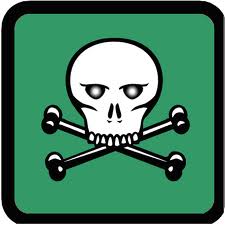Avascular necrosis of the femoral head is bone death thought to arise from interruption of the blood supply.
Progression of the disease is characterized by flattening of the femoral head with eventual collapse of the hip joint.
Stem cell therapy is a non surgical option in the treatment of AVN of the femoral head.
MFH is a 50y/o active female initially evaluated at the Centeno-Schultz Clinic with ARCO stage 2 AVN of the femoral head.
On 4.2009 she underwent core decompression where bone marrow derived stem cells were injected directly into the area of necrosis.
Clinically patient has done extremely well as reflected in her 5 year follow up questionnaire which she permitted us to share.
Her hip x-rays demonstrate successful treatment of AVN with Regenexx treatment. Note that the contour of the femoral head has not changed, flattened or collapsed.


















